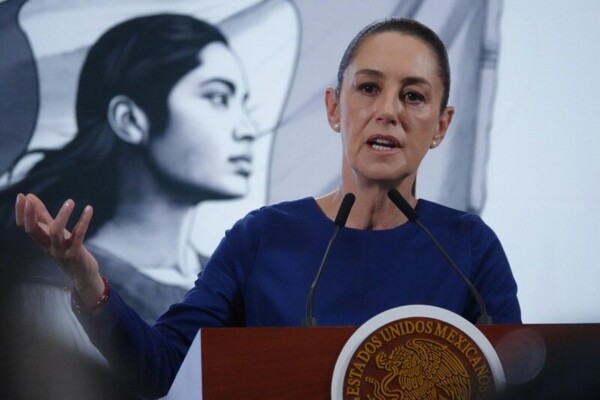
From 2019 to 2024, the Mexican economy had an average annual growth of 0.9%, in contrast to the 2.5% growth experienced by the United States economy. Despite Mexico having greater economic growth potential due to its development level, its performance has been disappointing in comparison. This low economic performance has been greatly influenced by the policies implemented by the Mexican government, which preceded the measures taken by the United States.
During the period from September to November 2024, the Congress of the Union of Mexico approved constitutional reforms that further weakened the institutional framework of the economy by centralizing power in the Executive and eliminating checks from the Judiciary, as well as extinguishing seven autonomous bodies. This change highlights the importance of internal decisions in the country's economic development.
Although between 1990 and 2018 the GDP growth of Mexico and the United States was similar, in the last six years, the economic gap between the two countries has considerably widened, showing that Mexico's disadvantage is due to internal factors. In response to this situation, the Mexican government implemented an "inward development" approach by identifying strategic sectors, fiscal stimuli, and plans to promote national production to strengthen the internal market.
The so-called "Plan Mexico" seeks to increase national content in government purchases and promote the substitution of manufactured imports, aiming to boost GDP growth. However, this type of state interventionism can become costly and generate inefficiencies in import substitution, which in turn could raise the prices of local products. Despite these measures, the main obstacle to Mexico's economic development remains the internal policy framework, which requires thorough revision by the Mexican government.
During the year 2025, the Mexican economy continued to show signs of deceleration, with an annual GDP growth of 0.6% in the first quarter. The uncertainty generated by the possible imposition of tariffs by the U.S. administration, led by President Trump, could be influencing this low economic dynamism. Despite these challenges, the current administration has opted for protectionist measures, such as the "Plan Mexico," instead of comprehensively addressing the limitations of the internal policy framework, which could be affecting the country's economic growth.














